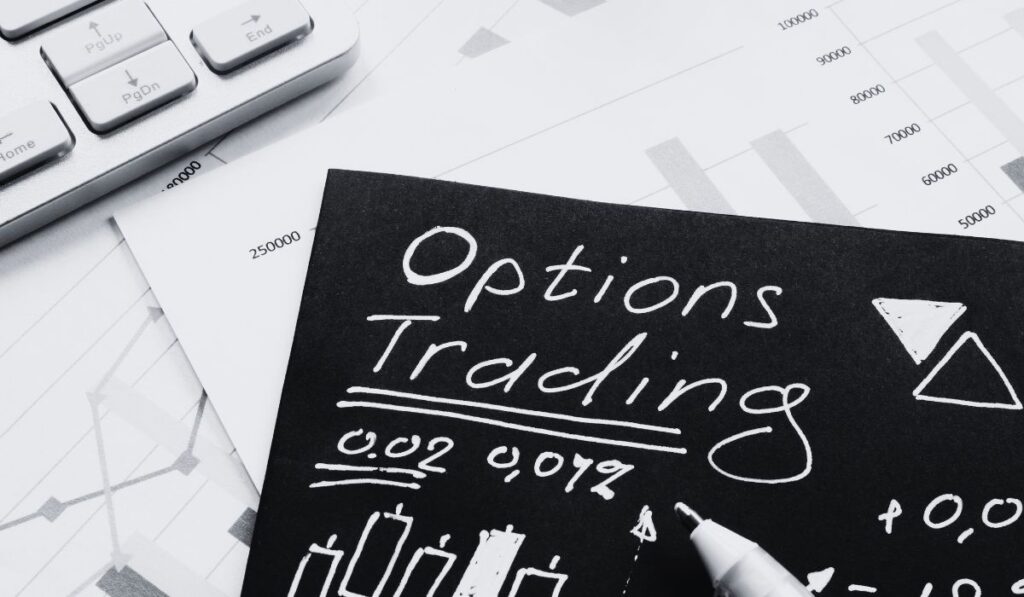Table of Contents
The Importance of Avoiding Common Mistakes in Trading
Hello, my friends! As a trader with years of experience in the crypto markets, I’ve seen it all. From the highs of making a successful trade to the lows of making a blunder that can cost you dearly. Today, I want to delve deep into the most common mistakes in trading, particularly in the crypto market. By the end of this, you’ll have actionable insights to help you avoid these pitfalls and become a more successful trader.
1. Lack of Patience: The Perils of Rushing In
Patience is a virtue, especially in trading. Many newbies enter the market with the unrealistic expectation of becoming rich overnight. This is a dangerous mindset that can lead to poor decision-making. Remember, Rome wasn’t built in a day, and neither will your trading portfolio. Quality trades over time will pay off, so don’t rush into trades without proper analysis.
The Role of Market Research
Before making any trade, it’s crucial to conduct thorough market research. This includes understanding market trends, studying charts, and analyzing potential outcomes. Skipping this step can lead to uninformed decisions, which are often wrong.
2. Risking More Than You Can Afford: The Golden Rule
It’s a golden rule in trading: only risk what you can afford to lose. Overstepping this boundary can lead to a series of mistakes, such as closing your position prematurely. Always stick to your risk management plan, and don’t let emotions dictate your actions.
Setting Realistic Goals
Part of risk management involves setting realistic goals for your trades. This means understanding your risk tolerance and setting achievable profit targets. Unrealistic goals can lead to unnecessary risks and, ultimately, financial loss.
3. Ignoring Stop Losses: A Double-Edged Sword
Using stop losses is crucial for managing your risk. However, I recommend manual stop losses over automatic ones to avoid market manipulation.
The Psychology Behind Stop Losses
Stop losses are not just a tool; they’re a psychological aid that helps you stick to your trading plan. Setting them wisely can prevent emotional decisions like holding onto a losing trade for too long.
4. Overtrading: The Illusion of Activity
Contrary to popular belief, making numerous trades daily won’t necessarily yield more profits. In fact, it can increase your stress levels and lead to more mistakes. Sometimes, the best action is inaction, especially when the market is uncertain.
The Importance of Quality Over Quantity
In trading, quality always trumps quantity. Instead of making multiple trades in a day, focus on a few well-researched trades that align with your trading strategy. This approach not only reduces stress but also increases the likelihood of successful trades.
5. Emotional Trading: The Silent Killer
Emotions like fear and greed can significantly impact your trading decisions. When the market is greedy, it’s time to start taking partial profits. Conversely, avoid selling during panic sells.
Emotional Triggers to Watch Out For
Be aware of emotional triggers like news events or significant market movements that can lead to impulsive decisions. Always stick to your trading plan, regardless of how the market makes you feel.
6. Revenge Trading: The Road to Ruin
Revenge trading, such as going all-in on a single coin or using high leverage, usually ends in significant losses. Stay flexible and stick to your trading plan to avoid this pitfall.
The Dangers of Over-Leveraging
Using excessive leverage can amplify your losses significantly. While it’s tempting to use high leverage to recover from a losing trade, this strategy often backfires, leading to even greater losses.
7. Abandoning Your Initial Plan: The Recipe for Failure
Many traders start with a solid plan but deviate from it due to external opinions. Trust your analysis and stick to your plan for long-term success.
The Role of External Influences
While it’s good to seek advice from experienced traders, don’t let their opinions overshadow your own analysis. Your trading plan should be the ultimate guide for all your trading activities.
8. Poor Risk-to-Reward Ratio: A Hidden Trap
One of the most overlooked aspects of trading is the risk-to-reward ratio. Always aim for trades where the potential reward outweighs the risk. This will help you maintain a profitable trading account in the long run.
Calculating Risk-to-Reward Ratio
Understanding how to calculate the risk-to-reward ratio can give you a significant edge in trading. A favorable ratio ensures that you’re adequately compensated for the risks you take.
9. Failing to Keep a Trading Journal: Missed Learning Opportunities
A trading journal helps you learn from both your successes and failures. Document your trades, strategies, and outcomes to refine your trading skills over time.
What to Include in Your Trading Journal
Your trading journal should include the date, asset traded, entry and exit points, and the rationale behind the trade. This information will be invaluable when reviewing your trading performance.
10. Ignoring Market News: A Risky Oversight
Staying updated with market news can give you an edge in trading. However, be cautious not to make impulsive trades based on news events alone.
The Role of News in Market Sentiment
Market news can significantly influence market sentiment. Being aware of major news events can help you anticipate market movements and make informed trading decisions.
Conclusion: The Path to Trading Success
Trading, particularly in volatile markets like crypto, is not for the faint-hearted. By avoiding these common mistakes, you can improve your chances of becoming a successful trader. So, which of these mistakes have you found yourself making? Share your experiences and let’s learn together.





![Funded Picker Review (2025) + 15% Discount Code [PFR15] 5 funded picker](https://propfirmreviews.net/wp-content/uploads/2025/08/funded-picker-1024x576.jpg)



